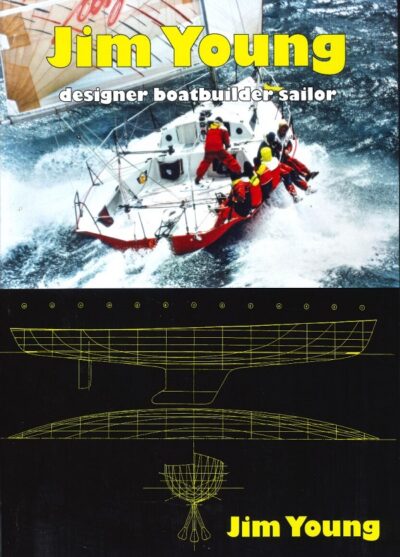Description
Peter Peal started working at Percy Vos Ltd, boatbuilders as an apprentice in 1937. From the outset of his career he always believed that attention to detail gives a good result and this is a critical fact when building clinker dinghies. This book is a reflection of his trade values and is a must for anyone who wants to build one of these boats or is just interested in the magic of clinker boat-building.
The intention of this book is twofold, firstly to explain the art of clinker boat-building as it was previously done, and secondly, the way it is now, with different timbers and power tools.
The first section of the book takes you back in time to the late 1930’s via a story line were you can almost feel the day to day atmosphere of the Percy Vos boat yard. A time when young men were immersed in knowledge and exposed to an experience were they got to know what a nice shear line or lay of a plank should to look like. A place where they learnt to touch a piece of timber and instantly know it’s capably of strength and durability. Working with wood was what they loved to do and they played with the results of their work during their weekends sailing, rowing and steaming their floating works of art that were so kind on the eye. The method used to build these boats without the aid of moulds or temporary frames made the task even more challenging but once mastered it elevated these young men to go on to be the legends of our marine industry that are now the cornerstones of the world class marine industry we now have.
The second part of his book his based on much the same principles as in the first section but ply planking can be employed instead of timber. Laminates can be used instead of natural crocks and to make it easier and moulds or temporary frames are recommended to control exact shape.
In the third section Peter offers three of his designs with full lines off sets and construction drawings. Boat 1 being a traditional launch or yacht tender, boat 2 a small rowing or pulling boat and boat 3 a clinker large enough to be a small out board run-a-bout. (He also recommends designing your own boat)
Section four is a short glossary of the terms and slang used in the Auckland boat yards during his time in the trade.









Reviews
There are no reviews yet.